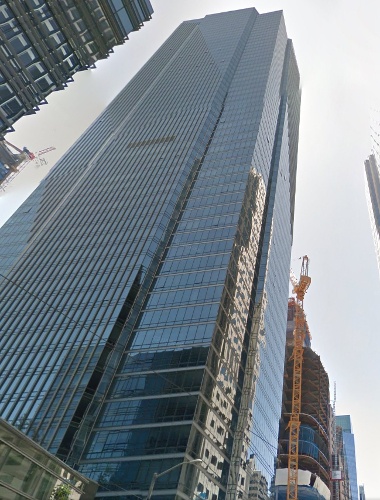
A case in point is the super sleek and very expensive Millennium Towers building in San Francisco. According to reports from independent consultants, the 58 story building has sunk about 16 inches and tilts about two inches to the Northwest. Settling is a natural process in any construction project and architects and engineers build that into their model; however, 16 inches since 2008 is a cause for concern. And, the sinking isn’t over. According to the August 9th article in Curbed San Francisco, the building is predicted to drop an additional eight to 15 inches into the ground.
Whenever there is a cause for concern there are probably lawsuits to follow. This is where insurance coverage for construction defects comes into play. Briefly, construction defect (Known as CD in the industry) is a deficiency in the design or construction of a building or structure resulting from a failure to design or construct in a reasonably workmanlike manner and/or in accordance with buyer’s reasonable expectations. While many CDs usually do not result in bodily or property damage, there is the intrinsic harm to the owner in the form of loss of use, diminution of value and extra expenses incurred to correct the defects. Somebody has to pay for these and that’s when the finger pointing starts. In the case of Millennium Tower, the building’s owners are assigning blame to neighboring, under construction, Transbay bus and rail center.
Finger pointing is not a risk management technique that should be relied upon by owners, contractors, architects and engineers. The onslaught of construction defect claims has punished the construction industry. Many insurers and reinsurers are withdrawing from writing this type of coverage. In a thinning market the cost for the coverage can become prohibitively expensive for contractors. As fate would have it, California treats defective workmanship as an occurrence which will allow the contractor’s policy to respond (in the absence of a full exclusion).
Where do we go from here? These issues should be addressed well before a shovel goes in the ground. The owner’s contractual obligations should push all liability to the downstream parties. Make sure the parties involved in the project carry sufficient limits and have no exclusions for any construction defects.
As an independent, third-party risk management consultants we, have reviewed many contracts and insurance policies to mitigate risk for both owners and contractors. The time to engage is before the project begins. Click here to request information on our Construction risk management.


